Olympus mju 770 SW Review
Olympus mju 770 SW
Olympus goes deeper, colder and stronger than ever before
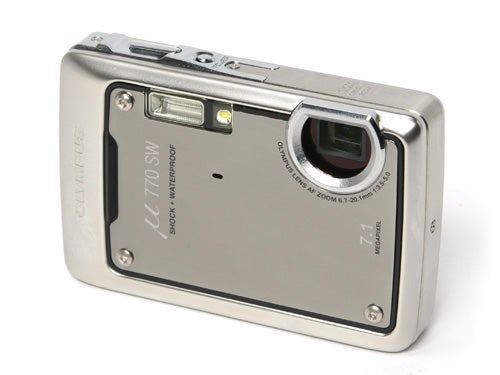
Verdict
Key Specifications
- Review Price: £237.00
There’s a big problem with waterproof, shockproof all-weather cameras like the new Olympus mju 770 SW. On days like today, when it’s pouring with rain, blowing a minor gale and the wind-chill is freezing the nether regions off any brass monkeys foolish enough to venture outside, as a photographer you’ve got a perfect excuse for staying indoors with a hot cup of cocoa and relaxing in front of a blazing TV, or spending a few hours levelling up your Night Elf thief. Take most cameras out in weather like this and you’ll be calling your insurance company as soon as you get back.

But with the 770 SW you’ve got no excuse at all. It shrugs off the worst of the British climate. Rain, sleet, snow, hail and even cats and dogs are, as the saying goes, water off a duck’s back. So thanks Olympus. Because of you I’m now sitting here dripping onto my keyboard, because I’ve just been out taking sample shots with a camera that makes Sir Ranulf Fiennes look like a stay-at-home wuss.
All of the Olympus mju Digital range of compact cameras have been at least weatherproof, but the 770 SW takes it to new heights – or should that be depths? It is the first digital compact camera to be waterproof to a depth of 10 metres, shockproof against falls from 1.5 metres, freeze-proof down to minus 10 degrees centigrade and crush-proof against a weight of 100kg. This comfortably beats the previous record-holder, the mju 725 SW which I reviewed in December.
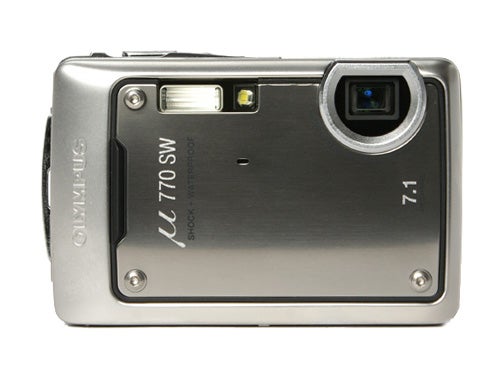
While this sounds terribly impressive, it should be considered in perspective. 10 metres underwater is going beyond snorkelling and into SCUBA diving depths, and I think it’s fair to say that the 770 SW, for all its tough-guy credentials, is not really designed to replace a proper diving camera. There are purpose-built underwater cases available for a number of popular compact digital cameras that are waterproof down to 40m, and include things like flash diffusers, large buttons that can be operated while wearing gloves, and neutral buoyancy so they don’t sink like a stone if you let go of them. The 770 SW has none of these things. While it is ideal for watersports activities such as sailing, jet-skiing or even surfing, and other adventure sports such as skiing or mountaineering, and is certainly able to survive in conditions that would destroy any other camera, it does have its limits.
The mju 770 SW is currently available for around £237, which is a lot of money for a seven-megapixel 3x zoom compact. Its price is comparable with the top end of 7MP digital compacts, cameras like the Canon Digital IXUS 850 IS (£264), Panasonic Lumix DMC-FX50 (£240), Nikon Coolpix S500 (£230) and Fuji FinePix F31fd (£200), but of course none of these other cameras have the mju’s indestructibility. Perhaps the closest match is the new Pentax Optio W30, which is also 7.1 megapixels and waterproof. However the W30 can only survive at depths of three metres, and isn’t designed to be shock-proof or cold-resistant. It also isn’t available for another few weeks, so it’s not really offering much competition yet.
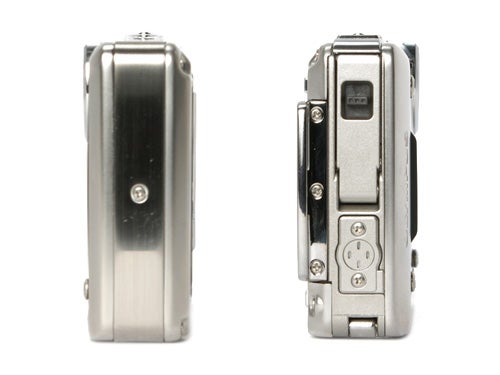
In previous reviews of some of the recent models in the Olympus mju range I’ve criticised problems with poor image quality, over-complicated controls and poor battery life, but I’m happy to report that some of these at least have been improved for this new model. Battery life is now around 300 shots on a full charge, which is a massive improvement over the 100-shot performance of the mju 725 SW. The battery is still the same relatively small 740mAh Li-ion rechargeable used in the previous camera, so the improvement must come from more efficient circuitry.
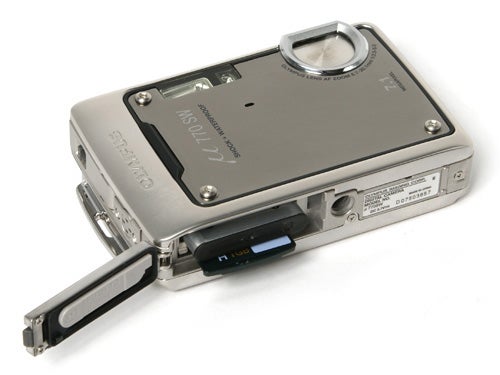
Other major improvements include the LCD monitor, which is still 2.5in but increased from 115k to 230k pixels, which makes it much sharper. Start-up time is much the same at around 1.5 seconds, but shot-to-shot time has changed. In standard continuous mode it can now manage six shots in just over six seconds before the buffer fills up and it has to pause for about one and a half seconds to write to the card, while in high-speed mode, with the picture quality reduced automatically to 2048 x 1536, it can shoot at 3.5 frames a second until the card is full. As an additional bonus it can shoot continuously with the flash firing on every shot, at a rate of one shot every one and a half seconds, which is very impressive.
The menu system is identical with the previous cameras, and is still fiddly and over-complicated, despite the fact that the 770 SW is decidedly short on features. Apart from white balance, ISO (80-1600) and exposure compensation there is little manual control available. There are 24 scene modes, but no real surprises. However despite this simplicity Olympus has decided to only include a full manual on a CD, with only a very basic multi-language printed guide included. Given that this is by no means a cheap camera, this is a bit mean in my opinion.
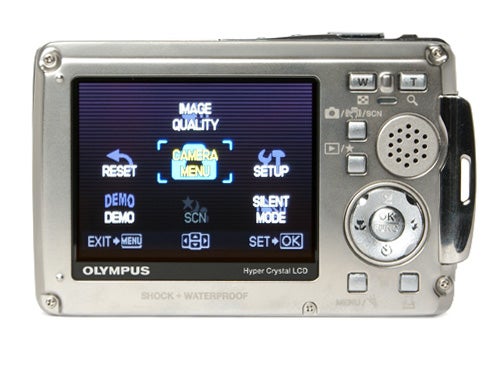
For some reason Olympus has never been any good at menu systems, but they do keep trying new ones from time to time so maybe one day they’ll get it right. Also, the grey-on-silver lettering makes the external controls very difficult to operate in low light.
The AF system also seems to be much the same as the one in the 725 SW, which is okay because it’s actually pretty good. It is accurate and while it’s not exactly lightning-quick, it’s fast enough and performs reasonably well in low light. However like the previous model the 770 SW has no AF illuminator so it doesn’t like total darkness.
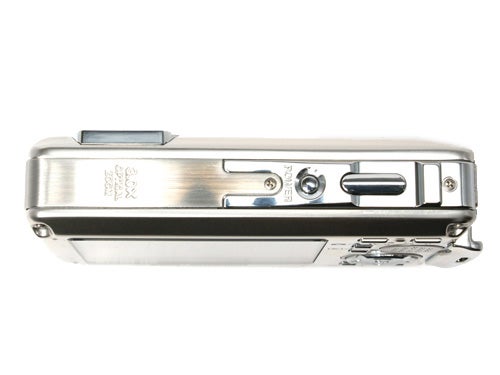
Comparing the photos I took today using the 770 SW with the shots I took with the 725 SW back in December, there doesn’t appear to have been much improvement in image quality, which is unfortunate because it does let the camera down badly. The compression rate seems to have been slightly reduced, with files now averaging around 3.1MB each, but there are still visible compression artefacts, as well as purple fringes on highlights, and image noise in darker area on all shots above 200 ISO. The vertically-mounted 38-114mm equivalent lens is relatively slow at f/3.5 – f/5.0, and while it only produces a small amount of barrel distortion, it shows considerable softening in the corners of the frame at wide angle.
Unfortunately one thing that has also not been improved is the lacklustre video performance. In both 640 x 480 and 320 x 240 resolution it can only manage 15 frames a second, which is slow and jerky.
”’verdict”’
If you’re looking for a completely indestructible camera to suit your adrenaline-junkie lifestyle, the Olympus mju SW series is still the only game in town, and the 770 SW is the most everything-proof one yet. It’s able to survive anything short of an atomic bomb, but it is slightly lacking in the picture quality department. Still, the fact that it can take any kind of picture at all 10m deep in freezing water while being crushed is remarkable enough.
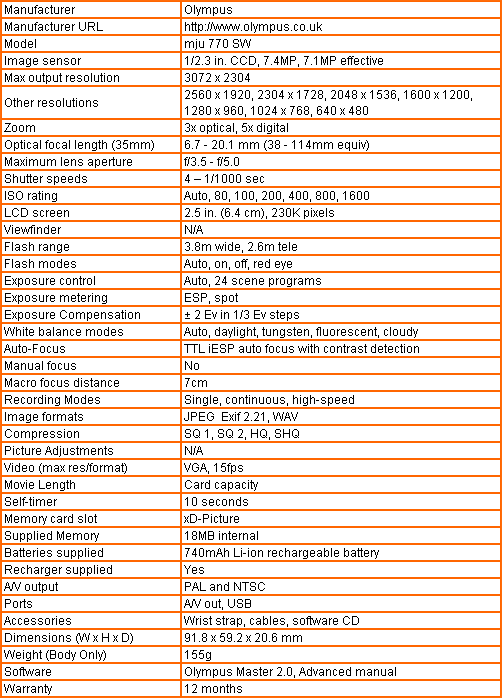
”A range of test shots are shown over the next few pages. Here, the full size image has been reduced for bandwidth purposes, and a crop taken from the original full resolution image has been placed below it in order for you to gain an appreciation of the overall quality.
Full-sized versions of some of the following images can be downloaded in a new window by clicking on the sample shots as indicated. However be aware that the average file size is over 3MB, so those on very slow connections will experience some delay.”
—-

—-
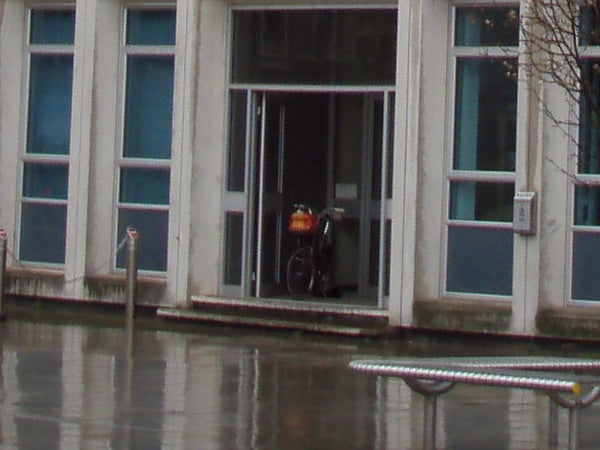
At the minimum 80 ISO the image is relatively noise-free, but there are still visible compression artefacts.
—-
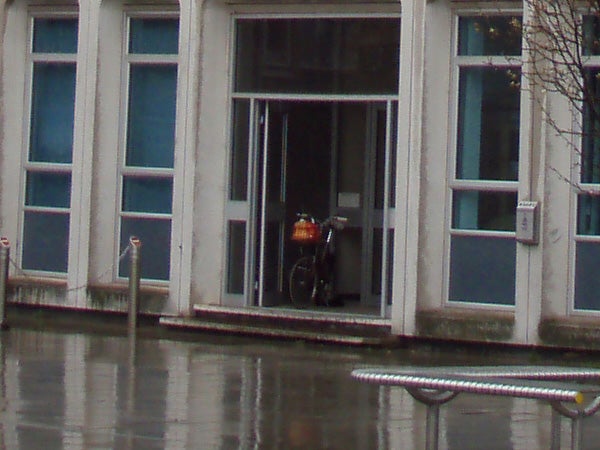
At 100 ISO the image is still noise-free, as one might expect since it’s only 1/3rd of a stop higher than the previous shot.
—-
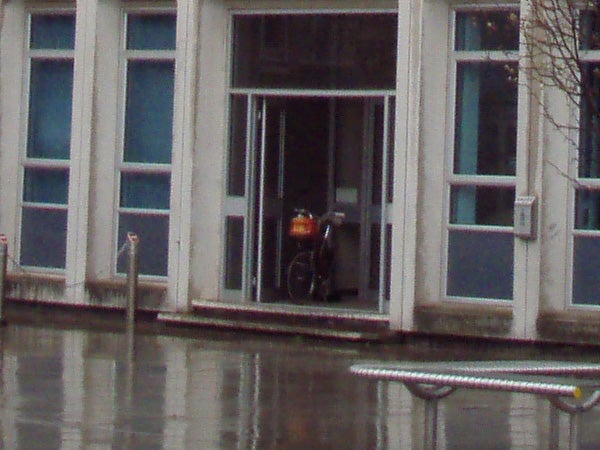
At 200 ISO there is some colour speckling in the darker areas of the shot.
—-

At 400 ISO the colour speckling has spread to the mid-tone areas and is distorting the colour balance of the shot.
—-
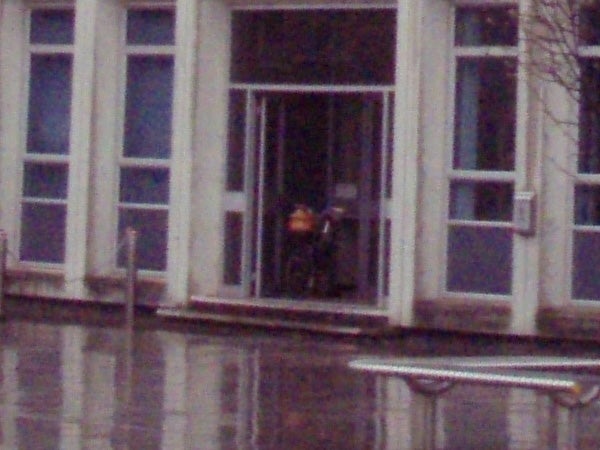
At 800 ISO the colour speckling and colour distortion is much worse, and the image quality is degraded.
—-
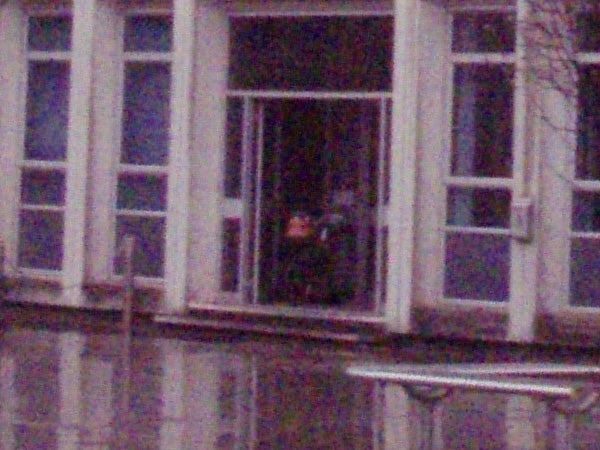
At the maximum 1600 ISO much of the fine detail has been lost, and there is a severe colour cast over the entire image. This would not print well at any size.
”A range of test shots are shown over the next few pages. Here, the full size image has been reduced for bandwidth purposes, but on some shots a crop taken from the original at full resolution has been placed below it in order for you to gain an appreciation of the overall quality.
Full-sized versions of some of the following images can be downloaded by clicking on the sample shots as indicated. However be aware that the average file size is over 3MB, so those on very slow connections will experience some delay.”
—-
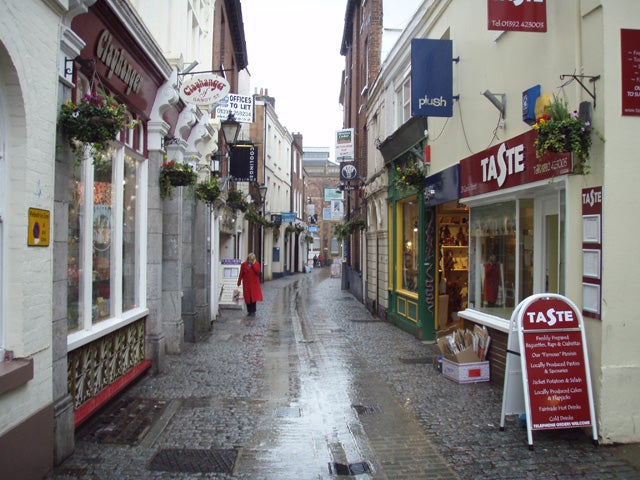
The mju 770 SW is perfectly at home in the lousy weather we’ve had recently, which is more than can be said for me. The 38mm-equivalent wide angle end of the zoom range is not particularly wide at all.
—-
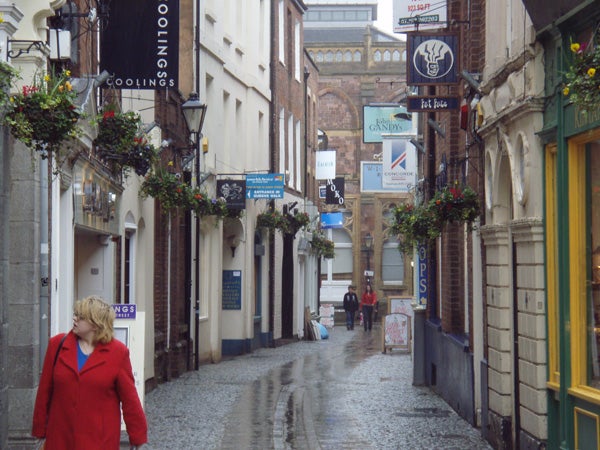
Taken from the same position as the previous shot, this shows the effect of zooming in to the 114mm-equivalent telephoto end of the zoom range.
—-

This full-res crop from the wide-angle image above shows the relatively poor corner sharpness of the 770’s lens.
”A range of test shots are shown over the next few pages. Here, the full size image has been reduced for bandwidth purposes, but on some shots a crop taken from the original at full resolution has been placed below it in order for you to gain an appreciation of the overall quality.
Full-sized versions of some of the following images can be downloaded by clicking on the sample shots as indicated. However be aware that the average file size is over 3MB, so those on very slow connections will experience some delay.”
—-
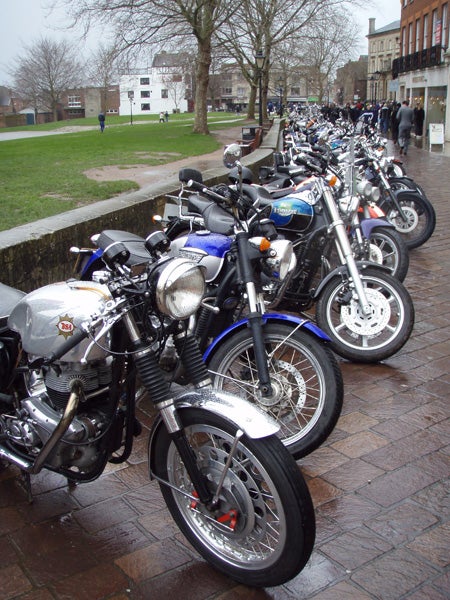
I was saddened to learn today of the death of an old biker mate of mine, “Doc” Beeching. He had a good send-off though, with a huge funeral in Exeter Cathedral, attended by many local bikers and work colleagues. He was a really nice guy and will be missed by all who knew him. Here is the impressive display of bikes parked in Cathedral Close.
—-

Unusually for an Olympus camera, the exposure system has made a terrible job of this shot, burning out the highlights.
—-
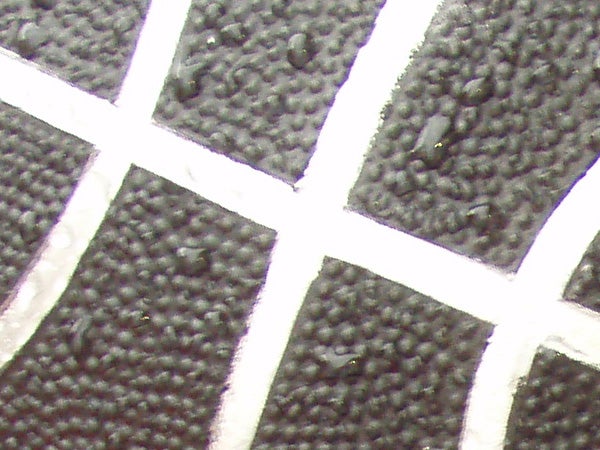
This is a crop from the above image, showing the burned out highlights and purple fringes.
—-
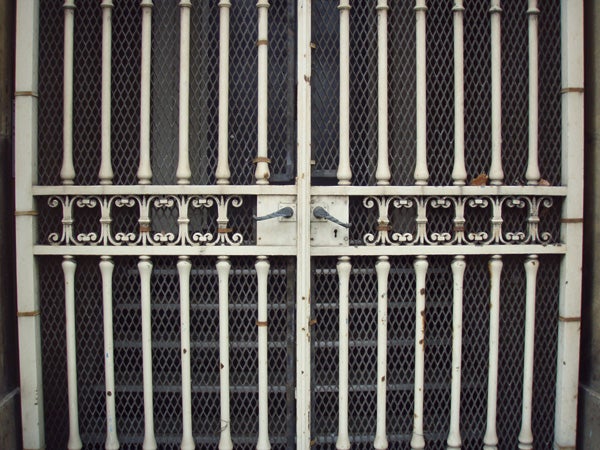
Not surprisingly the tiny lens produces some barrel distortion at wide angle, but not as much as some.
—-

From here, you will witness the end of this insignificant review.
—-
Trusted Score
Score in detail
-
Value 5
-
Image Quality 6
Features
| Camera type | Digital Compact |
| Megapixels (Megapixel) | 7.1 Megapixel |
| Optical Zoom (Times) | 3x |
| Image Sensor | CCD |
| Image Stabilisation | Electronic |
| LCD Monitor | 2.5 in |
| Flash modes | Auto Flash, Red-eye Reduction, Flash OFF |
| Video (max res/format) | 640 x 480 |
| Memory card slot | xD-Picture Card |

